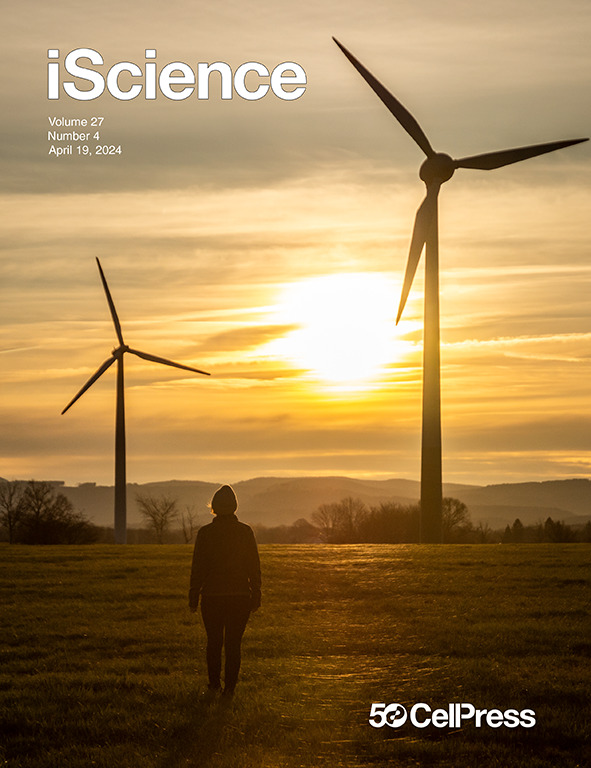非周期性大脑活动的动态重构支持癫痫的认知功能:一种神经指纹识别。
IF 4.6
2区 综合性期刊
Q1 MULTIDISCIPLINARY SCIENCES
引用次数: 0
摘要
颞叶癫痫(TLE)的特点是与认知功能改变相关的大规模大脑动态变化。在此,我们旨在利用神经指纹方法分析大脑活动的动态重构,以确定颞叶癫痫患者的特异性特征及其认知相关性。我们收集了 68 名 TLE 患者和 34 名对照组患者 10 分钟的静息态头皮脑电图(EEG,128 个通道),其中没有癫痫样活动。功能网络由跨皮层区域的非周期性突发信号振幅(神经元雪崩)的时空扩散来定义,并封装到雪崩转换矩阵(ATM)中。ATM 的指纹分析表明,与对照组相比,患者的刻板模式更多,其中双侧 TLE 的刻板程度最高。最后,从单个大脑动态模式中提取的指数与单侧TLE患者的记忆障碍相关。这项研究有助于了解系统性红斑狼疮患者的大脑动态活动是如何形成的,并提供了有助于个性化医疗的患者特异性指数。本文章由计算机程序翻译,如有差异,请以英文原文为准。

Dynamic reconfiguration of aperiodic brain activity supports cognitive functioning in epilepsy: A neural fingerprint identification
Temporal lobe epilepsy (TLE) is characterized by alterations of brain dynamic on a large-scale associated with altered cognitive functioning. Here, we aimed at analyzing dynamic reconfiguration of brain activity, using the neural fingerprint approach, to delineate subject-specific characteristics and their cognitive correlates in TLE. We collected 10 min of resting-state scalp-electroencephalography (EEG, 128 channels), free from epileptiform activity, from 68 TLE patients and 34 controls. The functional network was defined by the spatiotemporal spreading, across cortical regions, of aperiodic bursts of signals’ amplitude (neuronal avalanches), encapsulated into the avalanche transition matrix (ATM). The fingerprint analysis of the ATMs revealed more stereotyped patterns in patients with respect to controls, with the greatest stereotypy in bilateral TLE. Finally, indices extracted from individual patterns of brain dynamics correlated with the memory impairment in unilateral TLE. This study helped understand how dynamic brain activity in TLE is shaped and provided patient-specific indices useful for personalized medicine.
求助全文
通过发布文献求助,成功后即可免费获取论文全文。
去求助
来源期刊

iScience
Multidisciplinary-Multidisciplinary
CiteScore
7.20
自引率
1.70%
发文量
1972
审稿时长
6 weeks
期刊介绍:
Science has many big remaining questions. To address them, we will need to work collaboratively and across disciplines. The goal of iScience is to help fuel that type of interdisciplinary thinking. iScience is a new open-access journal from Cell Press that provides a platform for original research in the life, physical, and earth sciences. The primary criterion for publication in iScience is a significant contribution to a relevant field combined with robust results and underlying methodology. The advances appearing in iScience include both fundamental and applied investigations across this interdisciplinary range of topic areas. To support transparency in scientific investigation, we are happy to consider replication studies and papers that describe negative results.
We know you want your work to be published quickly and to be widely visible within your community and beyond. With the strong international reputation of Cell Press behind it, publication in iScience will help your work garner the attention and recognition it merits. Like all Cell Press journals, iScience prioritizes rapid publication. Our editorial team pays special attention to high-quality author service and to efficient, clear-cut decisions based on the information available within the manuscript. iScience taps into the expertise across Cell Press journals and selected partners to inform our editorial decisions and help publish your science in a timely and seamless way.
 求助内容:
求助内容: 应助结果提醒方式:
应助结果提醒方式:


